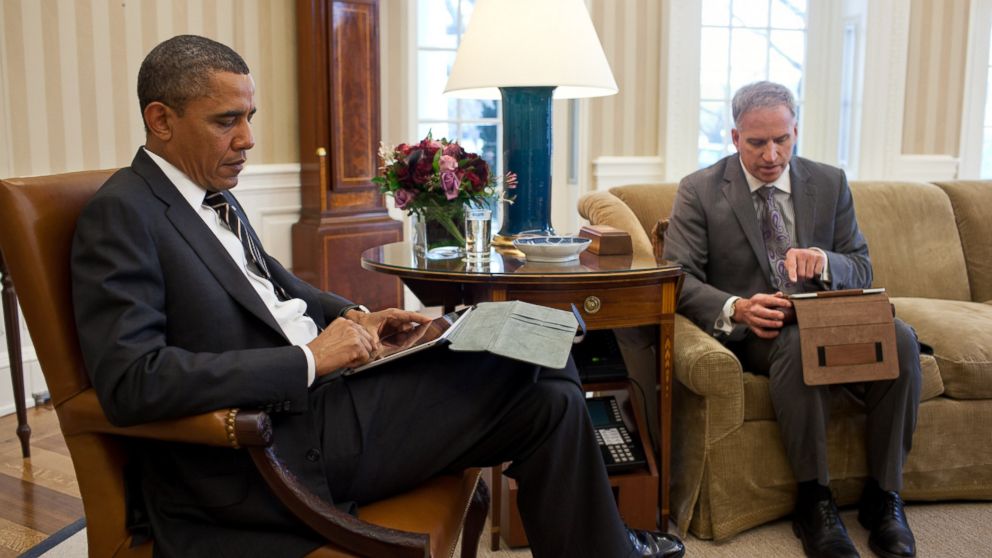Unprecedented CIA Release of Presidential Daily Briefs From 1960s
It's an unprecedented release of close-hold intelligence from the 1960s.

— -- The first mention of what would develop into the Cuban Missile Crisis in October 1962 began as a footnote in the Aug. 4 edition of what would eventually be known as the President’s Daily Brief.
“Eleven soviet merchant ships are on their way to Havana and we strongly suspect they are carrying arms,” it reads. “Such a delivery would not be far short of the total amount of Arms delivered in the first half of 1962.”
The Soviet flow of materials would eventually include nuclear-tipped ballistic missiles capable of reaching America’s shores from Cuba, a move that brought the United States and the Soviet Union to the brink of war.
The development of the Cuban Missile Crisis and the buildup of the Vietnam War are among the major world events and worldwide threats documented in 2,500 presidential briefings presented to Presidents John F. Kennedy and Lyndon B. Johnson that are being made public for the first time by the Central Intelligence Agency.
The unprecedented release of the collection of the close-hold intelligence briefings is part of the U.S. Intelligence Community’s compliance with a 2009 presidential Executive Order to declassify national security information more than 25 years old. CIA Director John Brennan and Director of National Intelligence James Clapper released the documents at a conference at the Lyndon B Johnson Presidential Library in Austin, Texas.
Brennan said the briefs have “endured in various forms under ten presidents and today it is such a vital part of the White House operates that one can hardly imagine the modern presidency without it.”
The CIA’s bulk release of the President’s Daily Briefs (PDB’s) from the 1960s is noteworthy because the agency had previously been opposed to the release of any of the documents. The public’s first glimpse of a PDB occurred in 2004 when President George W. Bush declassified a section of an Aug. 6, 2001, briefing labeled “Bin Ladin Determined To Strike in U.S” that had been requested by the 9/11 Commission.
The 2,500 briefs released today were produced by the CIA for the Kennedy and Johnson administrations from June 1961 to January 1969. CIA officials say the entire collection totals 19,000 pages and will be posted on the CIA’s website.
They include early intelligence on a range of historic events like the erection of the Berlin Wall in 1961, the Gulf of Tonkin incidents, China’s first detonation of a nuclear bomb and the Six Day War in 1967.
After a years-long review of the information contained in the documents, 20 percent of the information remains classified and was redacted. The redactions were made after consulting archived historical records to determine the details of why the information was originally deemed classified.
In some cases it is unclear why some redactions were made. Take the 1968 Soviet invasion of Czechoslovakia, where the Aug. 15 brief notes the movement of additional Soviet divisions into Poland “are sign that Moscow remains uneasy about developments in Czechoslovakia.” The brief for Aug. 21, the day after the invasion, describes how “Soviet and other Eastern European forces have now occupied Prague.”
Yet, the entire Czechoslovakia entry for Aug. 20 is completely redacted.
The CIA first began preparing the briefs following a White House request that the daily intelligence produced for the president should be compiled into a short summary.




